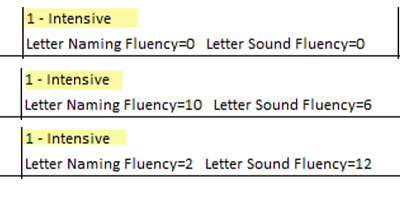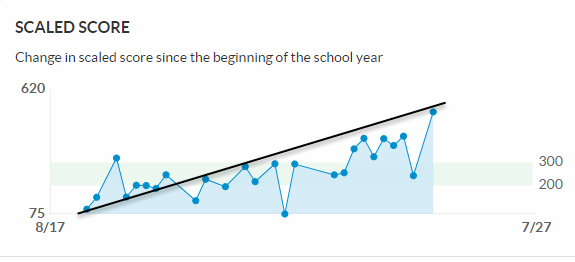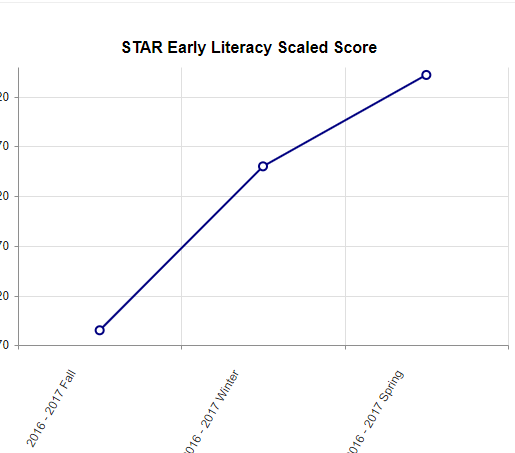September 7, 2017
The first year of school is an exciting time for students and their parents. Riding the bus, meeting new teachers, and making friends are important milestones at the beginning of each school year. Let’s talk about Max, a student eager for his first day of kindergarten.
It was hard to tell who was more excited about starting school, Max or his mom. Conversations about new clothes, backpacks, and riding the school bus became the norm as September crept closer and the leaves started to change. When the first day of school finally arrived, Max bounced into school to meet his teacher and start his year-long adventure.
Prior to this, preschool screenings had revealed that Max didn’t know his letters, letter sounds, or even how to write his name, but his new teacher assured his mom that he would be fine and would learn alongside his peers. Max joined his classmates and loved going to school each day. However, a couple red flags caused his mom and teacher to keep an eye on Max’s progress closely.
Because of this, it was not a big surprise when Max’s first benchmark assessment showed he was below proficient. Max often seemed distracted and didn’t seem to pay attention during class. However, he loved recess, snacks, and playing with friends, despite having a hard time sitting still.
A few months later, mid-year benchmarks showed that Max was still not proficient. Teacher-created assessments and observations showed similar results. Discussions during parent-teacher conferences focused on Max’s behavior and lack of proficiency. In response, his teacher recommended testing Max for special education. His mom was anxious and worried about her son’s ability to succeed, but agreed to the testing.
The special education testing results showed that Max had some areas of concern. His teacher, school psychologist, and principal recommend Max for special education and set up a meeting with his mom. Remember, this was only January of his kindergarten year. Mom was concerned, but agreed to qualifying him for special education.
Fast forward to May. End-of-the-year data meetings revealed more information about Max. Although Max was still not proficient, he showed the highest rate of student growth, not only in his class, but of the entire kindergarten class in Renaissance Star Early Literacy®. Max also had the highest rate of growth in an instructional literacy software program. The questions started swirling… What was happening? Was Max more comfortable with computers and tablets? Was he more familiar with electronic devices than pencil and paper? Has Max been exposed to literacy activities prior to entering school? Was Max on a path of growth to proficiency? Will he reach proficiency given a little more time? What questions might you ask about Max’s story?



Looking at student growth, in addition to proficiency, could have changed the conversations regarding Max’s qualifications for special education. Don’t we owe it, not only to Max, but all students to look at and consider growth before making decisions that might affect their learning opportunities? Max is just one example of why student growth matters. Looking at student growth, in addition to proficiency, is the right thing to do for students. Carol Dweck says it best, “Test scores and measures of achievement tell you were a student is, but they don’t tell you where a student could end up.”
How do you measure student growth? Have you had similar experiences in your career? Let us know in the comments below, post on our Facebook, or tweet us at @RenLearnUS!
Read Sherrilynn’s success story and learn how their Idaho school district uses data to measure student growth!

